A Stylist’s Real-Talk Guide to Hair That Just *Works*
I’ve been a stylist for a long time, and you wouldn’t believe how many trends I’ve seen come and go. But one thing never changes. A client will sit in my chair, lean in, and almost whisper, “How can I look a little younger?”
In this article
- First, Let’s Get Real About How Hair Changes
- The Art of the Cut: It’s All About Shape and Movement
- The Science of Color: More Than Just Going Lighter
- Your Lifestyle and Where You Live Matters
- Styling at Home Without the Stress
- How to Find a Great Stylist (And Avoid a Bad One)
- The Serious Stuff: Safety, Costs, and When to Call a Pro
- Inspirational Gallery
They’re usually expecting me to suggest some miracle product or a super drastic chop. But honestly, the truth is so much simpler. Amazing hair isn’t about chasing a number or trying to look like you did a decade ago. It’s about radiating health, confidence, and feeling like you.
So, let’s ditch the idea of erasing years and focus on what actually matters: the perfect harmony between your cut, your color, and the health of your hair. When these three things are in sync, the result is a timeless style that just fits. A stunning haircut falls flat on damaged hair, and a gorgeous color looks all wrong with a clunky cut. Getting it right isn’t about magic; it’s a strategy.
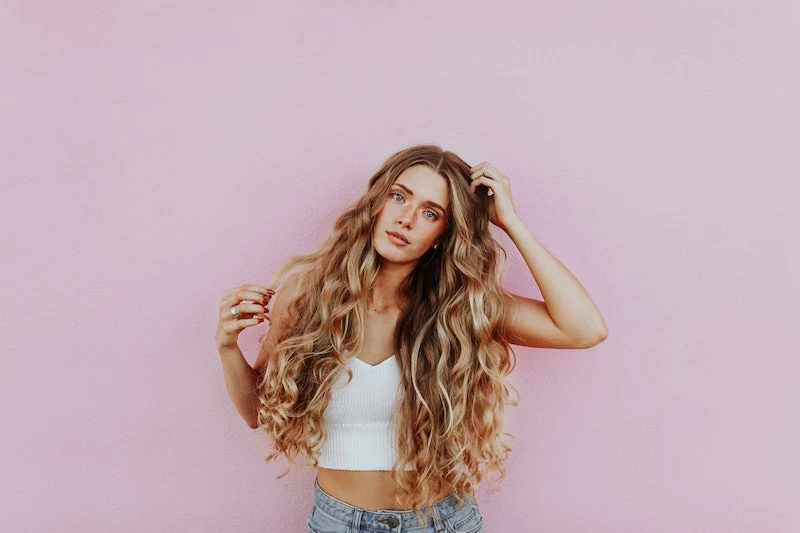
First, Let’s Get Real About How Hair Changes
Before we even think about scissors, we have to understand what we’re working with. Your hair isn’t the same today as it was years ago, and that’s completely normal. Knowing why it’s changing is the key to working with it, not fighting against it.
Think of a single hair strand like this:
- The Cuticle: This is the outer armor, like shingles on a roof. When they lie flat, your hair is smooth and shiny. Heat, chemicals, and just life in general can rough them up, leading to that dreaded frizz and dullness.
- The Cortex: This is the guts of the hair. It’s packed with keratin proteins for strength and the melanin that gives you your natural color. As we get older, our bodies slow down melanin production, which is why hair goes gray or white.
- The Medulla: This is the very center, and funnily enough, not everyone has it, especially people with super fine hair. Its exact job is still a bit of a mystery.
As time goes on, a couple of things happen. Hair follicles can shrink, which means the strands they produce are finer. Your scalp also produces less natural oil (sebum), which is why hair can feel drier and more brittle. And gray hair? It often has a totally different texture—sometimes coarser or more wiry—because its cuticle layer is different. It also has no pigment, making it way more susceptible to sun damage.
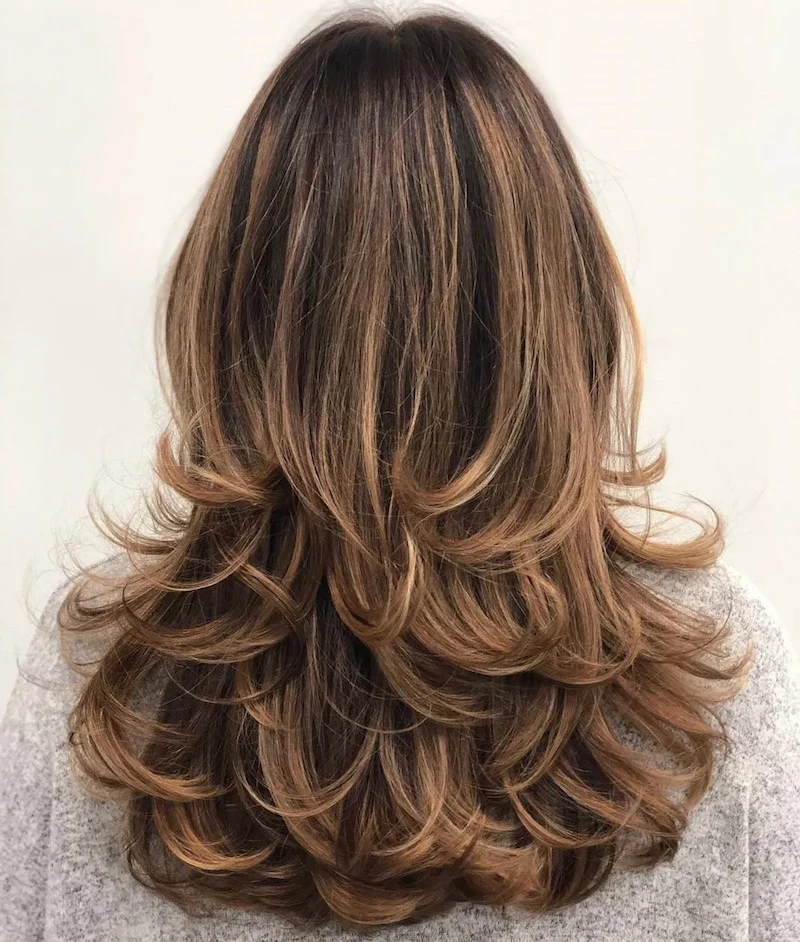
This isn’t just a science lesson; it directly impacts every choice I make. For hair that’s gotten finer, I know I need to create stronger shapes to build the illusion of weight. For drier hair, I’ll suggest washing less often and loading up on hydrating treatments. For that, you want to look for powerhouse ingredients like hyaluronic acid, shea butter, or argan oil in your conditioners and masks. They make a huge difference.
The Art of the Cut: It’s All About Shape and Movement
A truly great haircut is an architectural game of lines and angles designed to highlight your best features. The goal is always to create softness and movement, which just looks modern and effortless.
The Magic of Soft Layers
So many clients ask for “layers,” but that can mean anything! The harsh, chunky layers we saw in the past can look dated and make fine hair appear stringy. What we’re after today are soft, seamless layers that look like they grew that way.
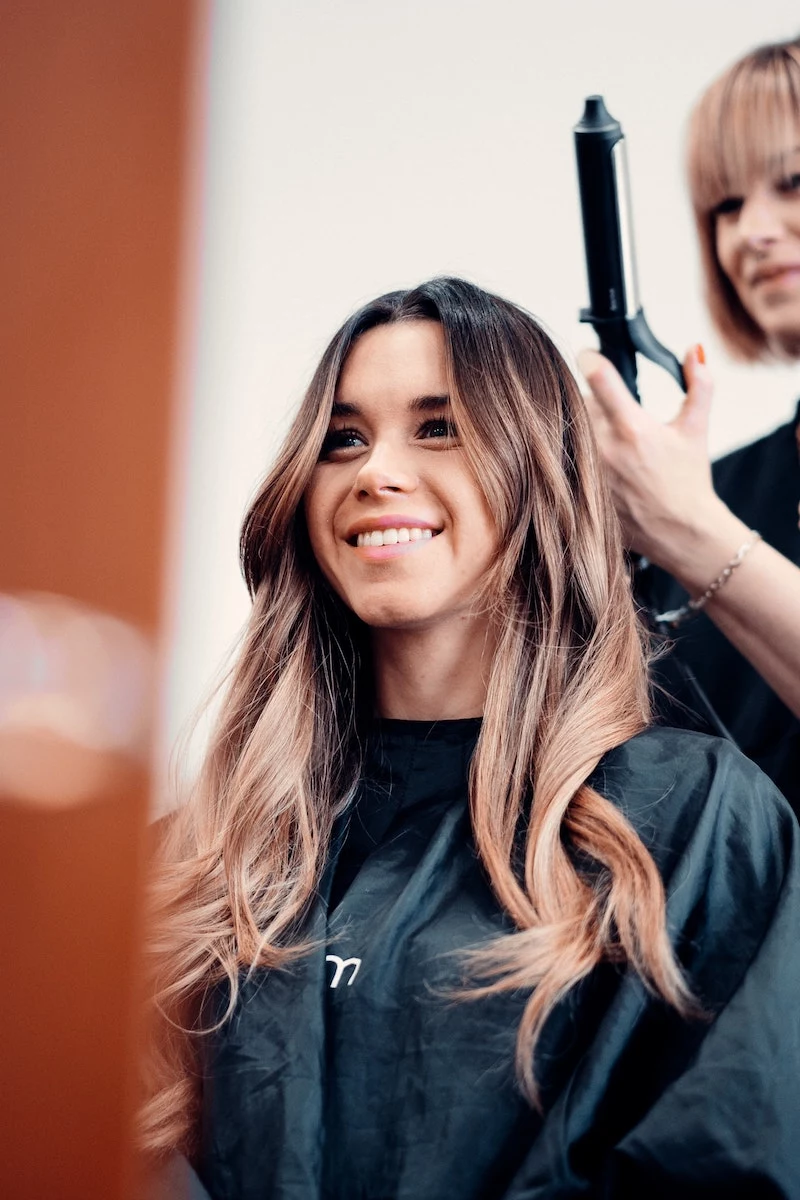
To get that look, pros use a few different tricks. One is point cutting, where after cutting the main line, we snip vertically into the ends. This erases any hard edges and creates a softer texture that moves beautifully. Another is slide cutting, where we glide the shears down the hair shaft to remove bulk and create long, flowing layers. For some hair types, a razor can create an amazing feathered effect, but a word of caution: using a razor on very fine or frizz-prone hair can be a disaster, so the tool has to match the hair.
I remember a client who was terrified of layers because a past experience left her with thin, wispy ends. We spent a good half hour just talking, and I promised we’d only add a few long, internal layers to give her thick hair some shape. She was shocked at how much lighter and more stylish her hair felt without sacrificing the look of fullness. It’s all about the right technique for the right person.
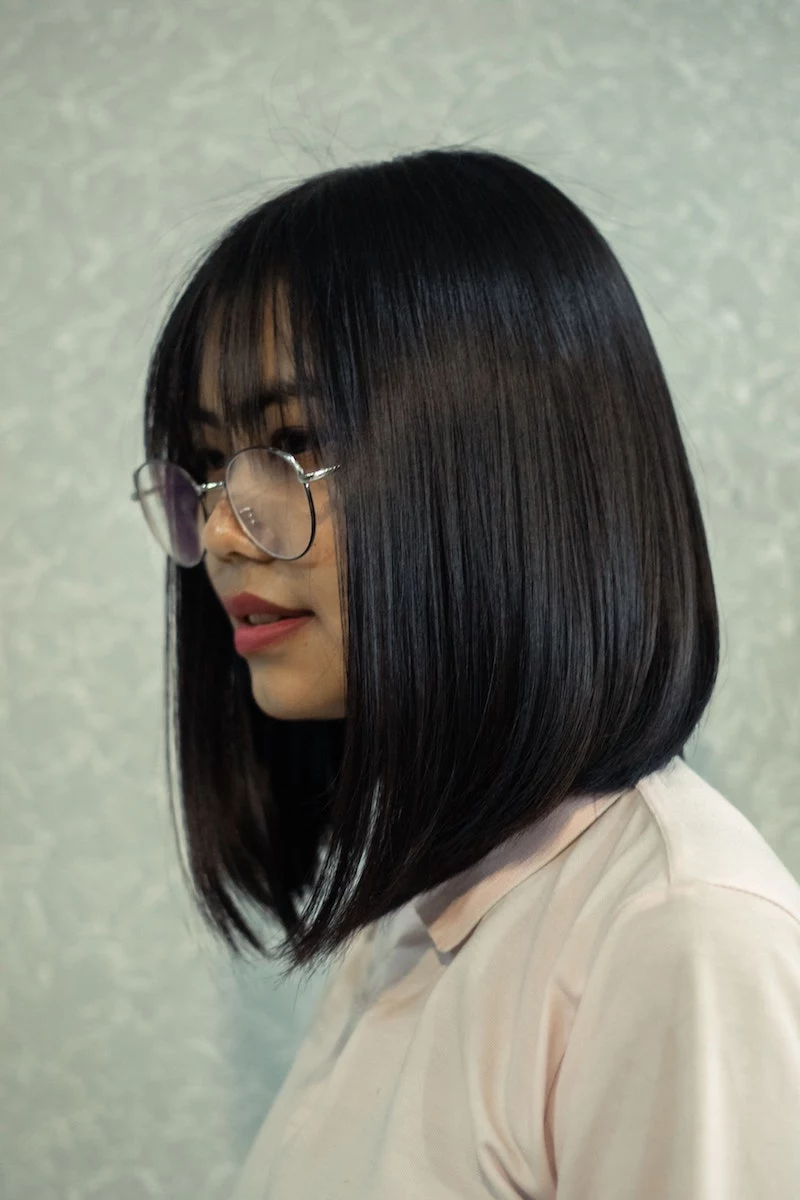
Why a Strong Baseline is Everything
The perimeter of your haircut is its foundation. If it’s weak and see-through, the whole style looks thin and unhealthy. A strong, defined baseline—even if it’s softened at the edges—creates the illusion of thickness and health. This is why bobs and lobs (long bobs) are so powerful; they create a clean line that flatters the jaw and neck. Even with long, layered styles, a solid perimeter is non-negotiable.
Quick tip: A precision cut from a skilled stylist is an investment. Expect to pay anywhere from $80 to $150+, depending on your city and the stylist’s experience. This is very different from a $25-$40 trim at a walk-in chain, which often focuses on speed over personalized shaping.
The Science of Color: More Than Just Going Lighter
Color is easily half the battle. The wrong shade can make you look tired, while the right one makes your skin glow and your eyes pop. The old advice to just “go a few shades lighter” is way too simple.
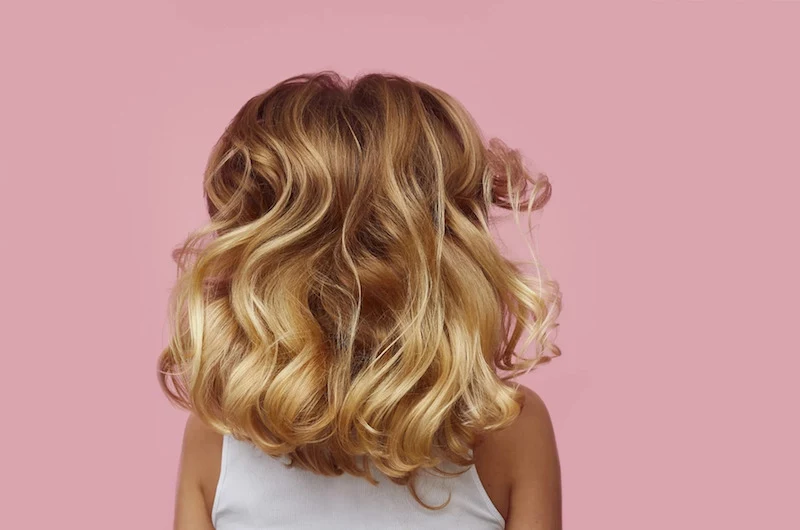
Tone is Queen
The single most important factor is your skin’s undertone. Are you warm, cool, or neutral? An easy way to find out is the jewelry test. Grab a piece of silver jewelry and a piece of gold jewelry. Hold them up to your face in natural light. Which one makes your skin look healthier and more vibrant? If it’s gold, you’re likely a warm tone. If silver is your winner, you’re probably cool-toned. If both look great, you might be a lucky neutral!
This is crucial because a warm, golden blonde on someone with cool, pinkish skin can make them look sallow. For cool tones, I lean toward ashy blondes, cool-toned brunettes, and rich burgundies. For warm tones, it’s all about golden blondes, caramels, and coppery reds. It’s basic color theory, but it makes all the difference.
Let’s Talk About Gray Blending, Not Just Gray Coverage
Slapping one solid, opaque color over grays is often a mistake. It looks unnatural, and the grow-out line is severe and high-maintenance. A much more modern approach is to blend the grays so they become part of a dimensional, beautiful color.
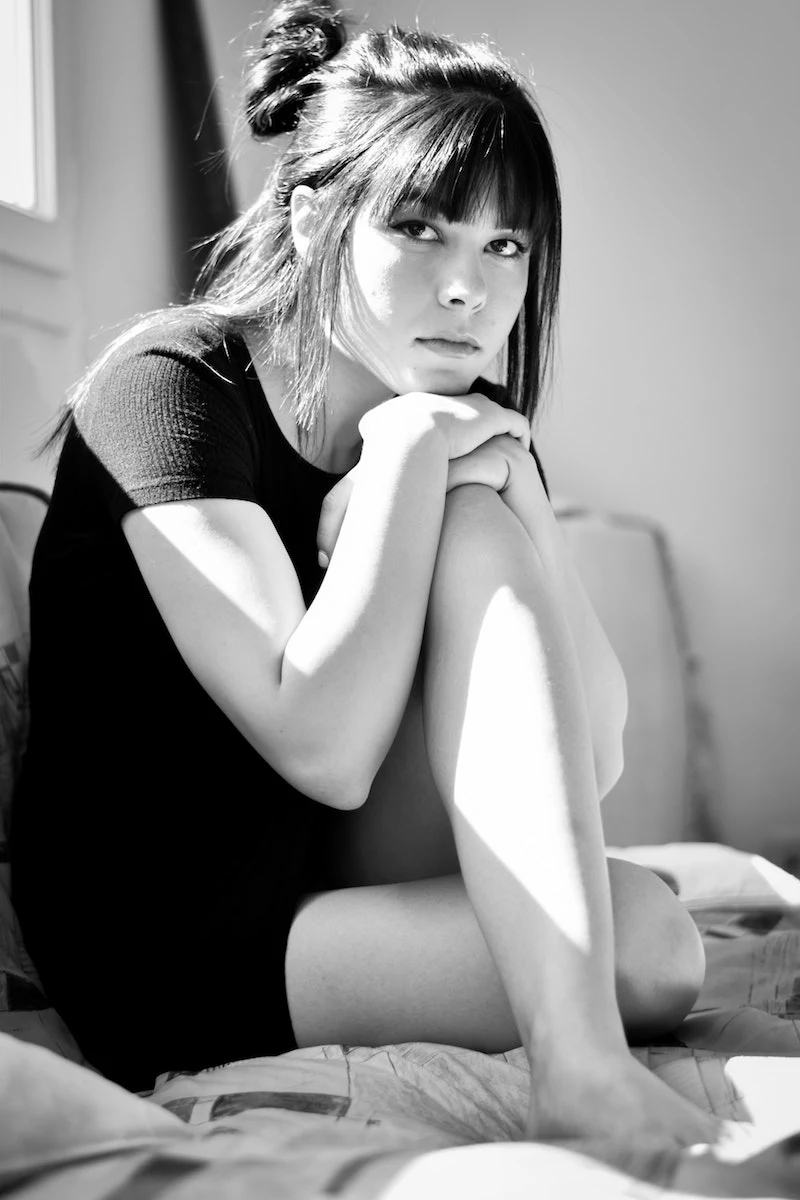
Instead of thinking of it as hiding something, we’re making it a feature. Here’s a quick comparison:
- Traditional Gray Coverage: This involves using a single, permanent color to completely cover every gray hair. It provides a uniform look, but the maintenance is a beast. You’ll see a harsh line of regrowth in as little as 3-4 weeks. It’s often the less expensive option per visit, but the frequency adds up.
- Modern Gray Blending: This uses techniques like babylights (super-fine highlights), lowlights (darker strands for dimension), or color melts to weave different tones through the hair. The grays are diffused, not erased. Regrowth is soft and natural, so you can go 8-12 weeks between appointments. The initial service is more of an investment, often costing $200 to $450+ for a balayage or full foil, but you’ll be in the salon far less often.
For blending, we often use demi-permanent colors. They are gentler because they deposit color without harshly lifting your hair’s cuticle, and they fade gracefully over time instead of leaving a hard line.
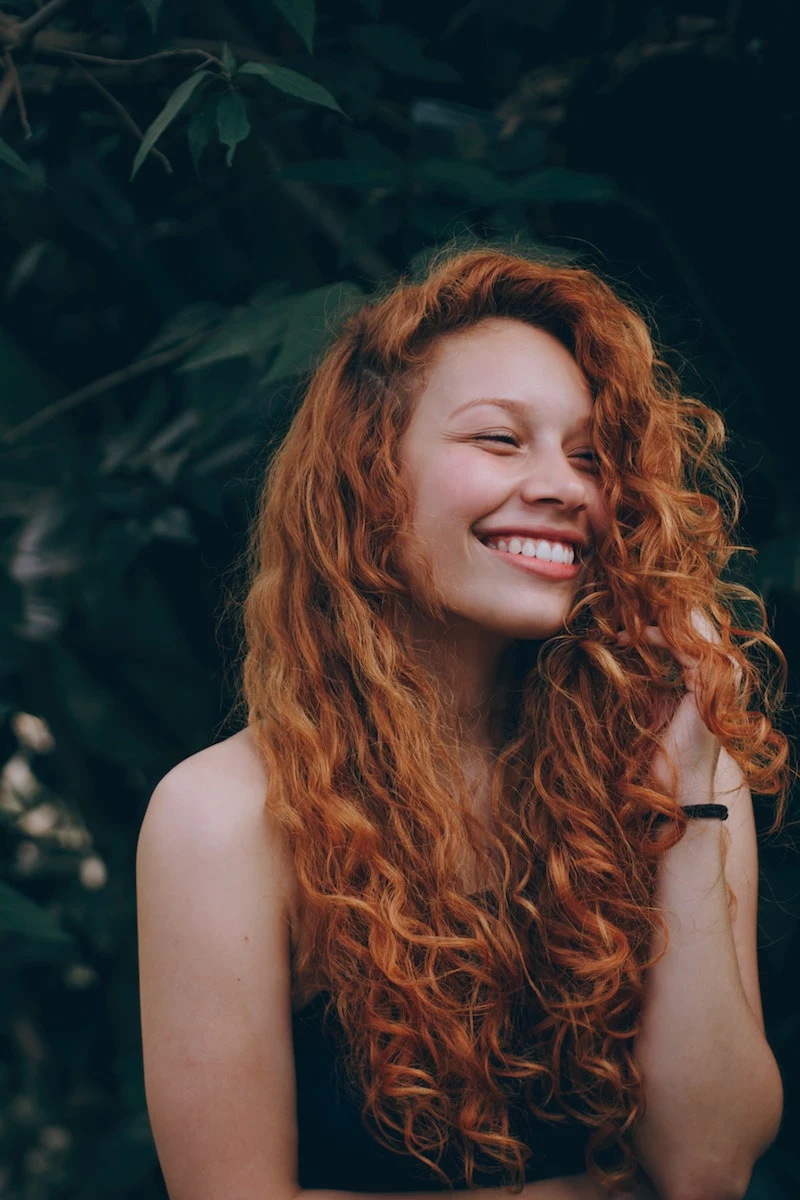
Your Lifestyle and Where You Live Matters
A great hairstyle has to work for your life. A cut I’d give a client in sunny, dry Phoenix is completely different from one for someone in rainy, humid Miami.
In humid places, the enemy is frizz. The focus is on strong shapes and precise scissor work that won’t puff up. In dry climates, the main battle is against brittleness and static, so we focus more on hydration and can play with softer, more feathered styles.
And, to be frank, the best haircut in the world is a terrible one if you can’t style it. During a consultation, I ask real questions: How much time are you actually going to spend on your hair? Are you friends with a blow dryer? Do you work out every day? If you’re a wash-and-go person, a chic bob that air-dries perfectly is your hero. A cut that needs 30 minutes with a round brush every morning is just setting you up for failure.
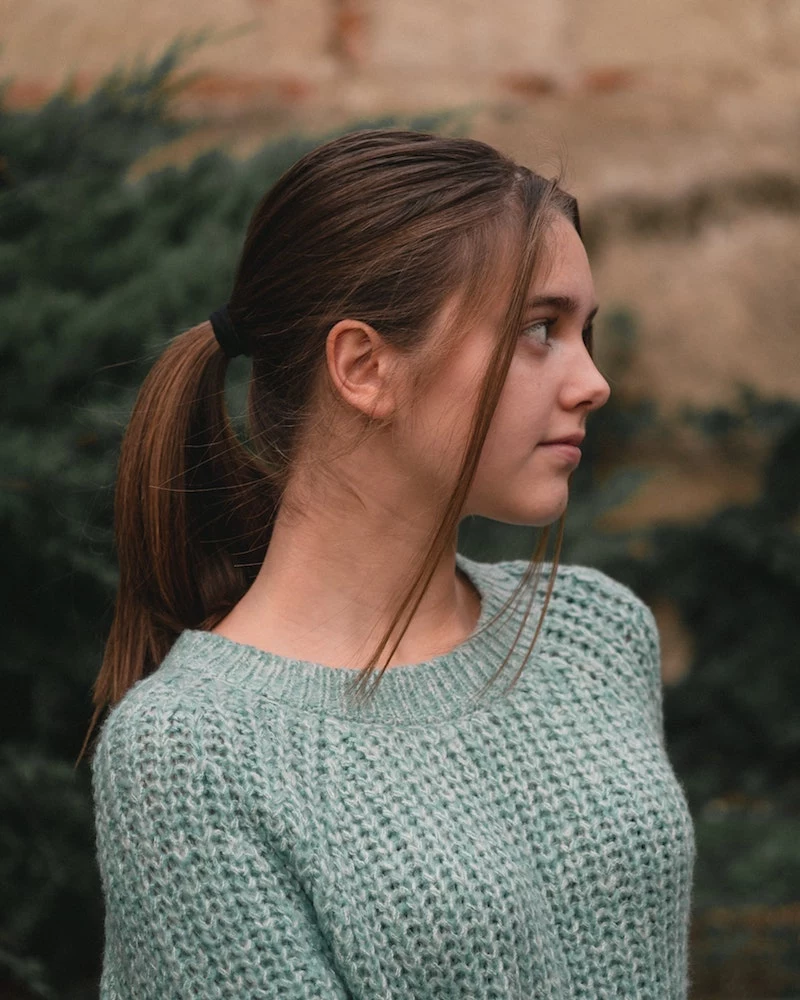
Styling at Home Without the Stress
What you do at home is what keeps your hair looking great between appointments.
Getting Volume That Looks Natural
Stiff, teased hair is a thing of the past. The secret to modern volume is lifting the root. When your hair is damp, apply a volumizing mousse—start with a golf-ball-sized amount for medium-length hair—right at the scalp. Then, flip your head upside down to blow-dry, or lift the roots with your fingers as you go. You want lift at the scalp, not puffy ends.
At-home oopsie fix: By the way, if you ever go overboard with product and your hair feels sticky or greasy, don’t re-wash it! Just blast the roots with a bit of dry shampoo. It will absorb the excess product and give you a little extra volume as a bonus.
The Parting Line Debate
There’s no hard rule here, but a severe middle part can be harsh, and a deep side part can feel overly dramatic. For most people, a soft, slightly off-center part is the sweet spot. It creates a gentle, flattering asymmetry. Play around with it—you’d be shocked what moving your part a half-inch can do.

How to Find a Great Stylist (And Avoid a Bad One)
Okay, so you’ve read all this and you’re thinking, “Great, but how do I find a stylist who actually gets this?” Finding the right pro is like dating—you need to find a good match.
First, the consultation is key. A good stylist will insist on it, and it should almost always be complimentary. This is your interview. Here are three crucial questions to ask:
- “What’s your plan for my hair, and why do you think it will work for my face shape and lifestyle?” This shows you if they’re thinking strategically or just want to do the same cut they do on everyone.
- “How will this style grow out, and what will the maintenance be like in terms of time and cost?” A great stylist is honest about upkeep. They should be able to tell you if you’ll need a trim in 6 weeks or if you can stretch it to 12.
- “Can you show me photos of hair you’ve done that’s similar in texture to mine?” Instagram is great, but you want to see proof they can handle your hair type, not just a model’s.
Heads up! A major red flag is a stylist who doesn’t ask you questions or listen to your answers. If they pick up the scissors before you’ve had a real conversation, run. You are the expert on your hair’s history and your daily life; they are the expert on technique. It has to be a partnership.
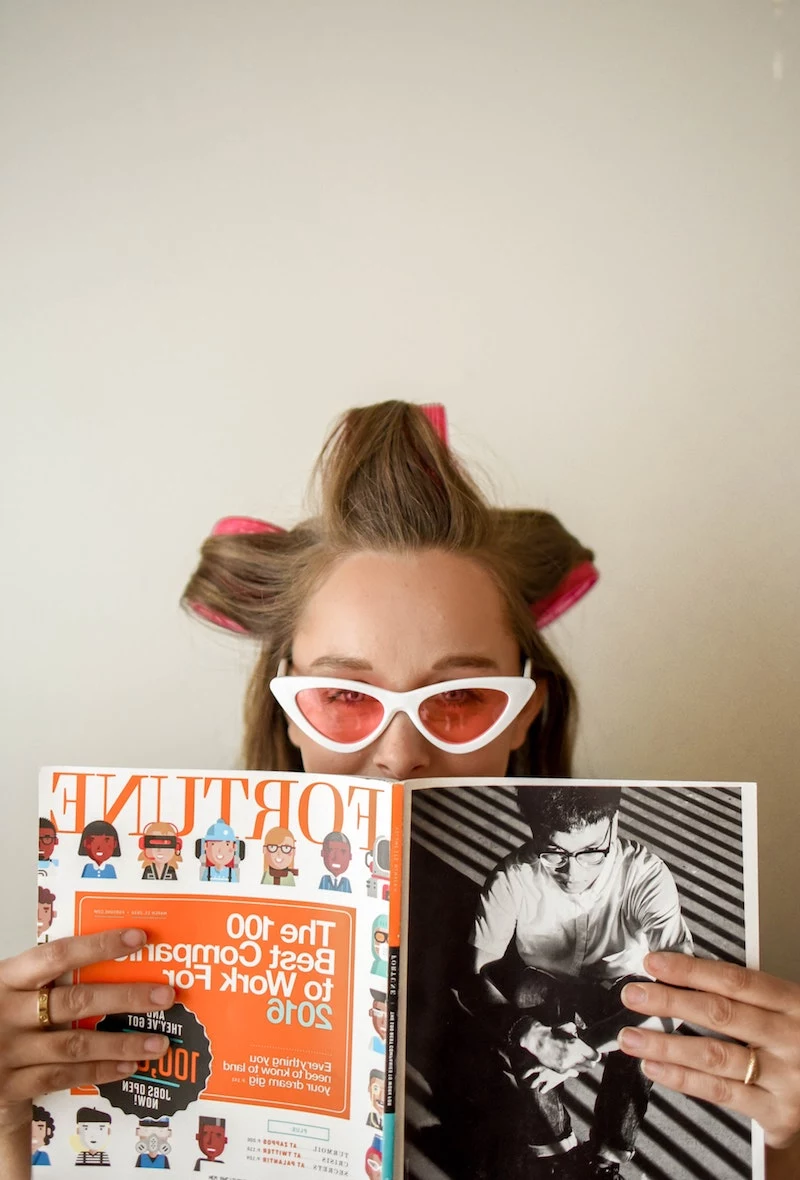
The Serious Stuff: Safety, Costs, and When to Call a Pro
As a professional, my number one job is to keep you and your hair safe. That means being honest about what’s possible and what’s not.
Before any new color service, a patch test is non-negotiable. We apply a tiny bit of the color formula to your skin 48 hours beforehand to check for allergic reactions. It’s a critical safety step that no professional should ever skip.
Also, let’s be realistic about time and money. A major color correction or a beautiful balayage can take 3 to 6 hours and is a serious investment. Be upfront about your budget. A good stylist won’t be offended; they’ll work with you to create a plan, maybe suggesting a partial highlight instead of a full one to start, or a cut that requires less frequent trims.
And please, leave the big jobs to the pros. Trying to bleach your own hair can lead to what we call a “chemical haircut”—where your hair literally melts off. Fixing a DIY disaster almost always costs way more in time, money, and heartache than just getting it done right the first time.
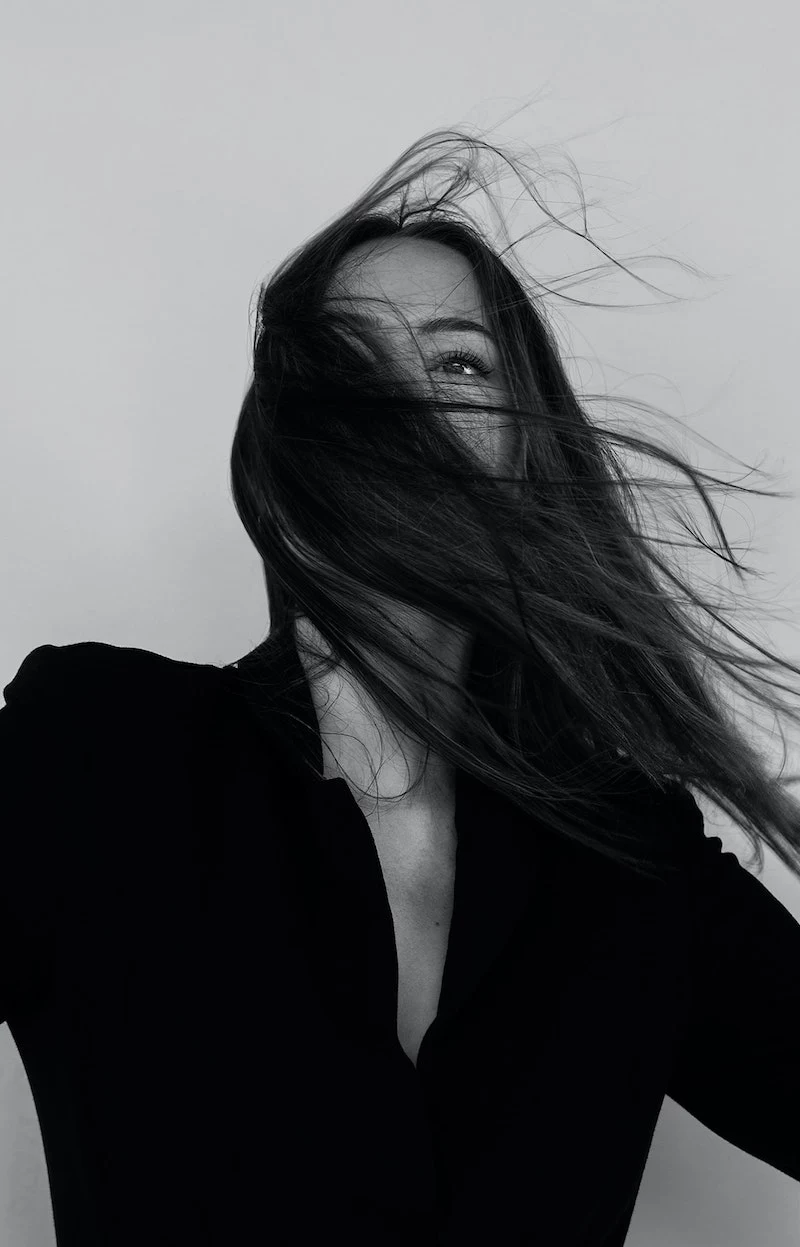
Ultimately, this is all about finding a look that makes you feel amazing. It’s a style that moves with you, fits your life, and is built on a foundation of healthy, happy hair. That’s the real secret.
Inspirational Gallery
Wondering how to embrace your grays without a harsh demarcation line?
Ask your colorist about “grombré” or gray blending. Instead of a solid block of color, this technique uses a symphony of finely woven highlights and lowlights in shades of silver, ash, and your natural color. The result is a multi-dimensional look that grows out beautifully, camouflages new grays as they appear, and makes the transition feel intentional and chic, not like you’re just “letting it go.”
Did you know that gray hair lacks pigment, making its core more vulnerable to UV rays? This can lead to a brittle texture and an unwanted yellow or brassy tint.
This is why a UV protectant spray for hair is non-negotiable, especially in the summer. Think of it as sunscreen for your strands. A lightweight mist, like one from the Coola Scalp & Hair or Sun Bum ranges, can shield your color and maintain the integrity of the hair fiber without weighing it down.
The at-home mask: A rich, weekly treatment like Briogeo’s Don’t Despair, Repair! Deep Conditioning Mask can infuse dry hair with moisture and nutrients, improving elasticity over time.
The in-salon treatment: A professional service like a Kérastase Fusio-Dose treatment is a custom-blended, concentrated shot of care that targets your specific needs—from dryness to weakness—with instant, noticeable results. The former is for maintenance; the latter is for a major reset.
- Reduces friction and snagging on the delicate hair cuticle.
- Helps hair retain its natural moisture instead of absorbing it like cotton does.
- Minimizes morning frizz and tangles, making styling easier.
The secret to waking up with smoother hair? It might be your pillowcase. Switching to a silk or high-quality satin pillowcase, from brands like Slip or Blissy, creates a gentle, frictionless surface for your hair to glide over while you sleep.
That fresh-out-of-the-salon gloss isn’t just for special occasions. The “liquid hair” trend is all about achieving a super-reflective, fluid-like shine. For mature hair that can be prone to dullness, the key is a combination of a smoothing shampoo and a shine-boosting treatment. The L’Oréal Professionnel Metal Detox line is fantastic for removing mineral buildup that dulls hair, while a top coat like the Color Wow Dream Coat Supernatural Spray creates a humidity-proof, glass-like finish that lasts for days.
A single strand of wet hair can stretch by up to 30% of its original length, but forcing it past that point can cause irreversible damage.
A common misstep: Overusing your purple shampoo. While essential for keeping blonde and gray tones crisp, using it at every wash can lead to a buildup of violet pigment, especially on porous ends. This can give the hair a dull, slightly lavender or dusty hue that’s the opposite of vibrant.
Use it once a week or whenever you notice brassiness creeping in, and always follow up with a hydrating conditioner.
Give your scalp the same attention you give your face. A simple, two-minute scalp massage as you shampoo can boost circulation, which is crucial for delivering nutrients to the follicles for healthier growth. To enhance the ritual, once a week, use a few drops of a lightweight oil like jojoba or squalane on your dry scalp before you wash. The gentle massage combined with the nourishing oil helps to loosen buildup and soothe dryness, creating a better foundation for the hair you want.
For hair that feels increasingly dry and brittle, a simple, restorative mask can work wonders. You probably have the ingredients in your kitchen right now:
- Mash half a ripe avocado (rich in fatty acids and vitamins).
- Stir in one tablespoon of olive or coconut oil (for moisture and shine).
- Optional: Add a teaspoon of honey (a natural humectant).
Apply to damp hair from mid-lengths to ends, leave on for 20 minutes, then rinse and shampoo as usual for a soft, supple boost.
Look at how Andie MacDowell has championed her salt-and-pepper curls on the red carpet. She didn’t just let her hair go gray; she embraced its natural volume and texture, pairing it with elegant, modern fashion. It’s a powerful reminder from the world of glamour that confidence is the ultimate anti-aging ingredient, and working *with* your hair’s natural evolution is the very definition of timeless style.










